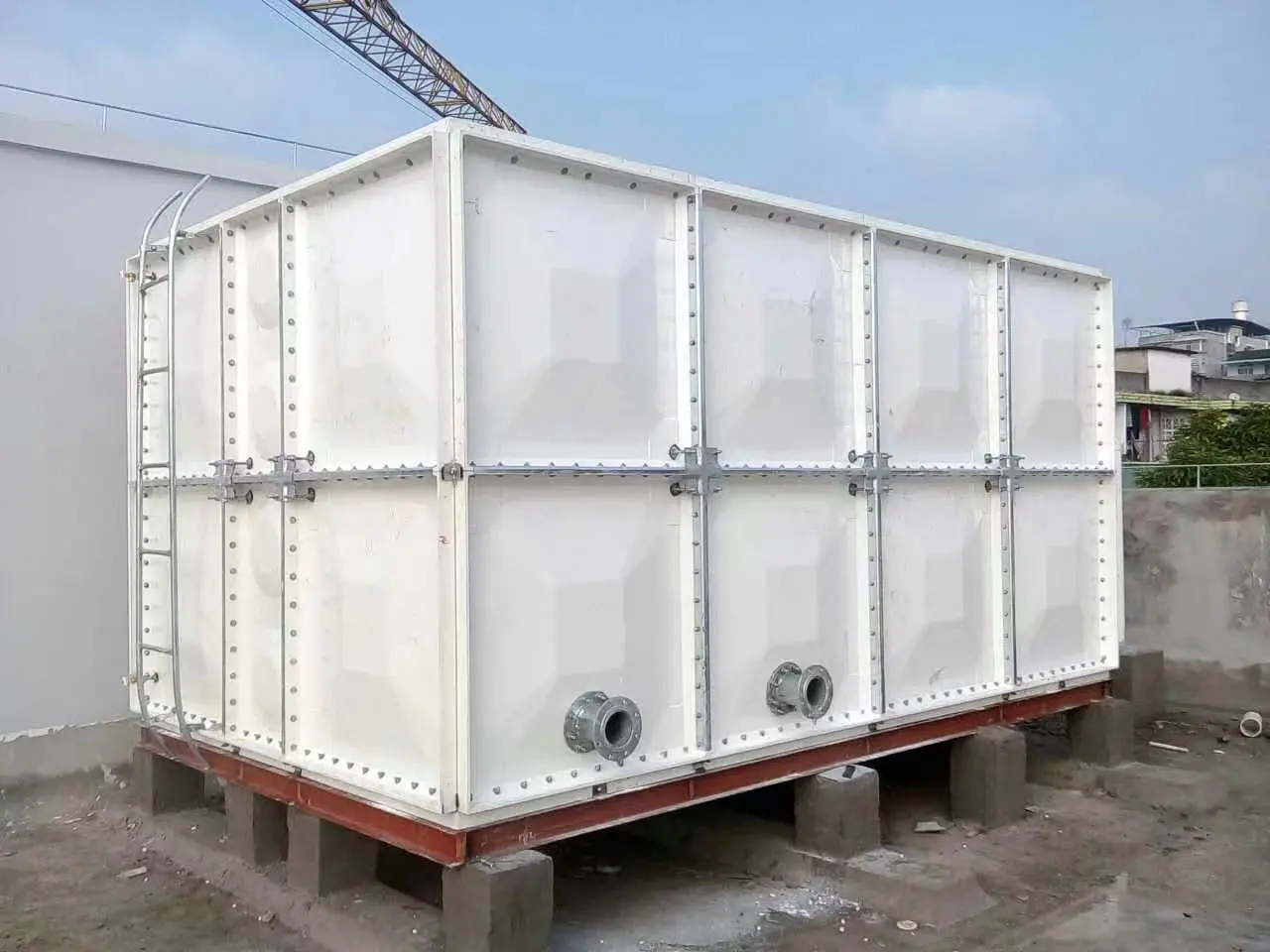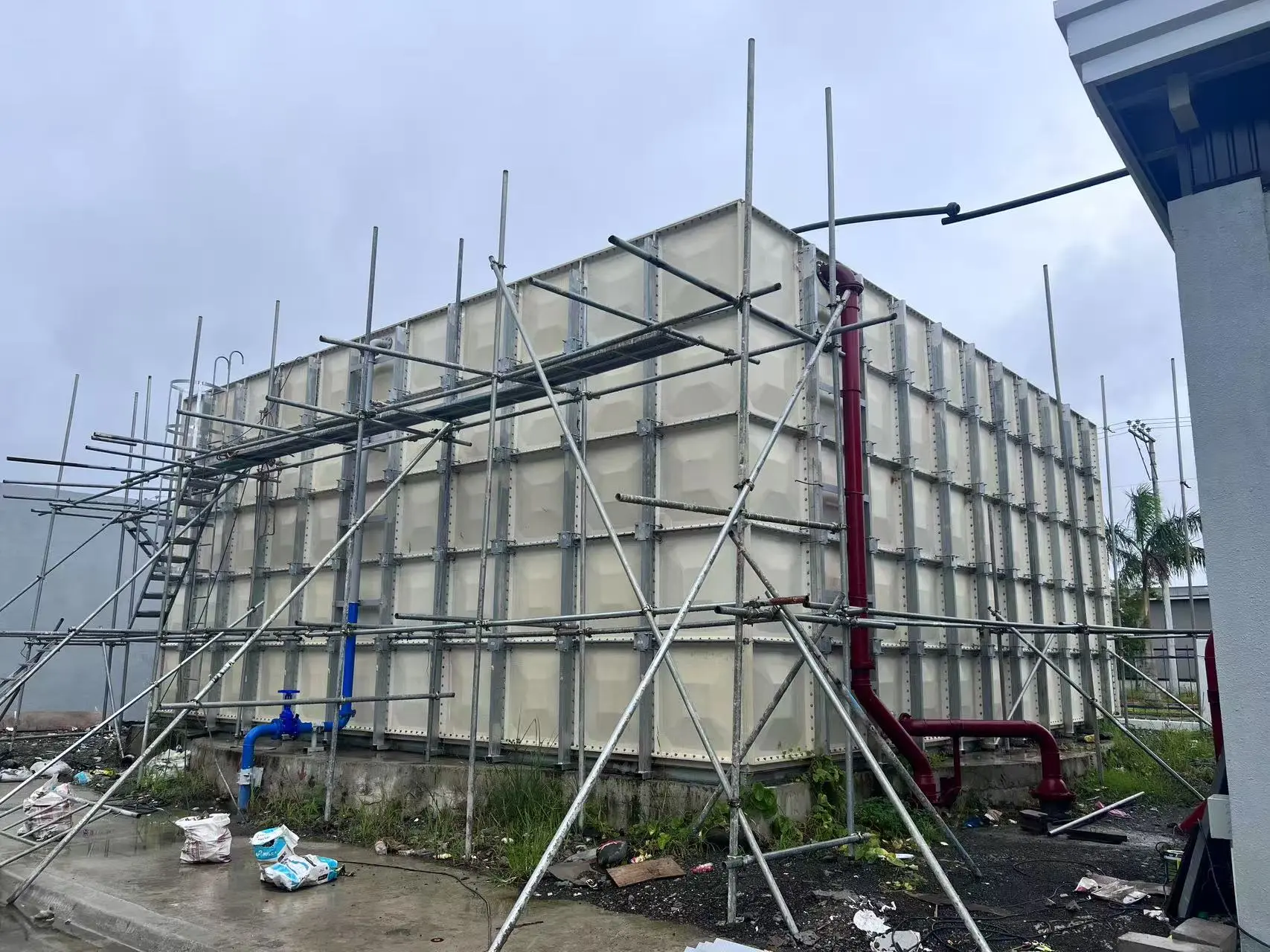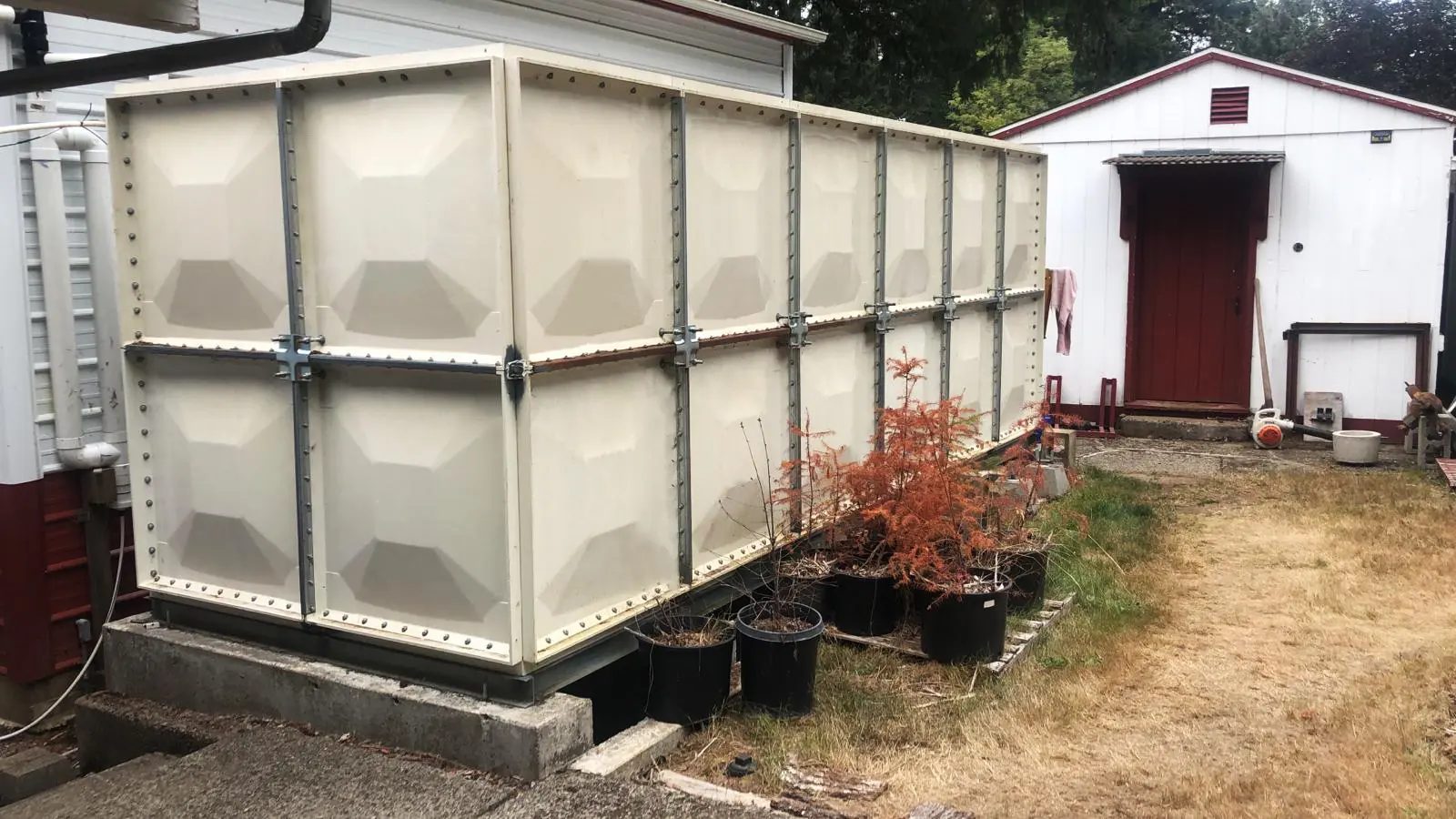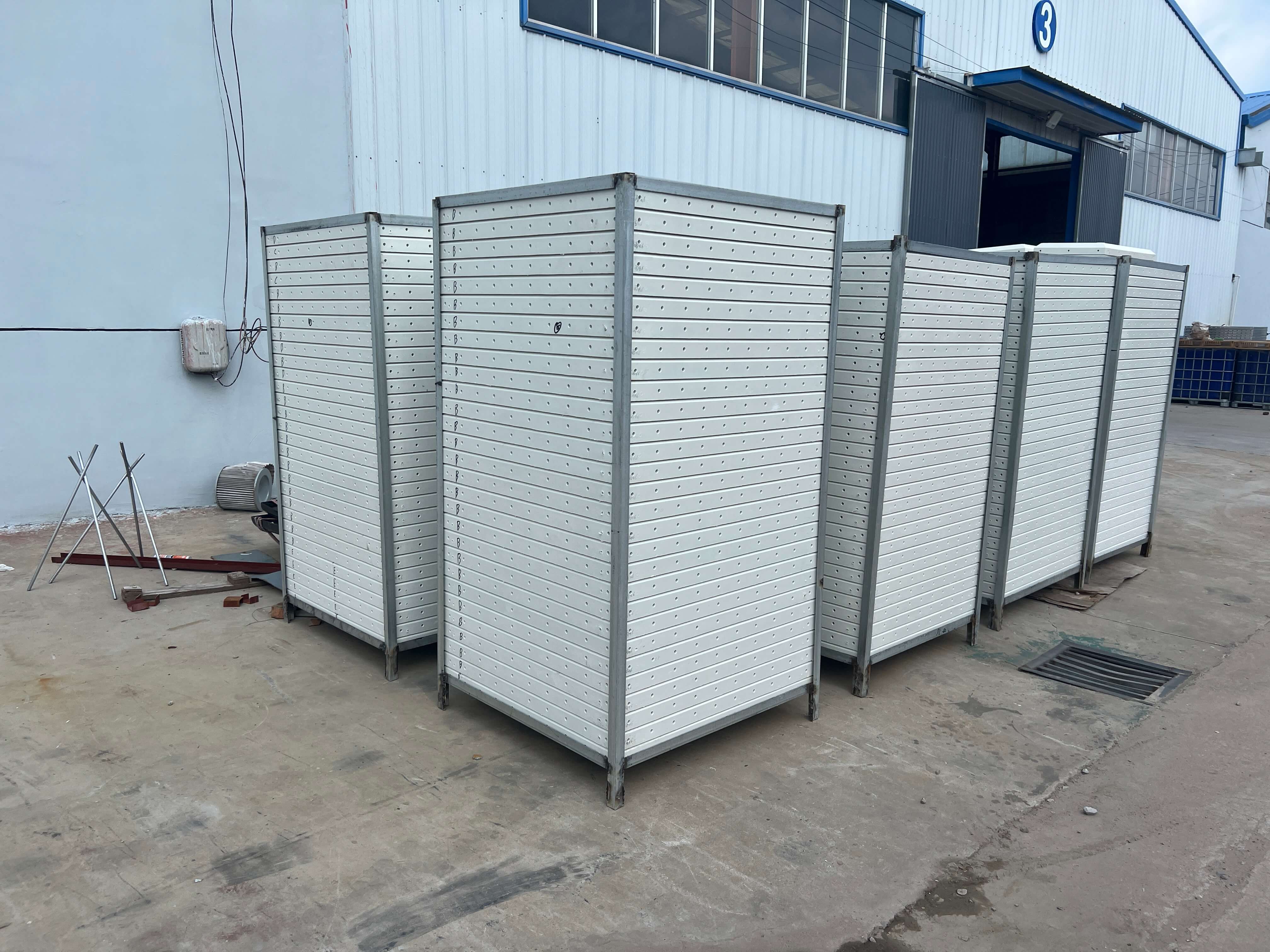How Does GRP Tank Installation Work On-Site? A Practical Guide for South African Projects
When it comes to reliable Water Storage in South Africa, theGRP Water Tank has become the go-to choice. Whether it’s for municipal water supply, agricultural irrigation, or fire protection, installation is a critical step that determines long-term performance. Many buyers ask: “How does GRP tank installation work on-site?” This guide breaks it down in simple, practical steps tailored to South African conditions.
Why GRP Tanks Are Popular in South Africa
Before looking at installation, let’s quickly touch on why Grp Water Tanks are in demand:
-
Lightweight yet strong – easier to transport in rural or remote areas.
-
Corrosion-resistant – withstands African heat, rain, and varying pH levels.
-
Modular design – panels fit through narrow spaces and can be assembled on-site.
-
Multi-sector use – from pump suppliers to firefighting contractors, everyone benefits.
Step 1: Preparing the Site
Proper site prep is non-negotiable. Without it, even the best tank won’t last.
-
Ground leveling: Ensure a flat, compacted concrete base.
-
Drainage check: Water shouldn’t pool around the base.
-
Accessibility: Trucks carrying tank panels need space to unload.
-
Power & tools: Installation crews need access to power for lifting and sealing equipment.
Tip: Municipal water authorities in Gauteng often standardize reinforced concrete pads to ensure tanks remain stable during seasonal rains.
Step 2: Unloading and Panel Handling
GRP tanks are modular, meaning they arrive as separate panels.
-
Panels should be offloaded carefully (avoid dragging).
-
Store them on flat ground with protective covers.
-
Small crews can carry individual panels by hand, which is ideal for rural irrigation sites.
Step 3: Base Frame and Panel Assembly
This is where installation begins to take shape.
-
Steel base frame is fixed onto the concrete slab.
-
Bottom panels are laid first, forming the foundation.
-
Sidewall panels are bolted in sequence.
-
Sealing materials (like non-toxic mastic) are applied at joints.
For fire protection projects in Cape Town, contractors often double-check seal integrity, since leaks can affect firefighting readiness.
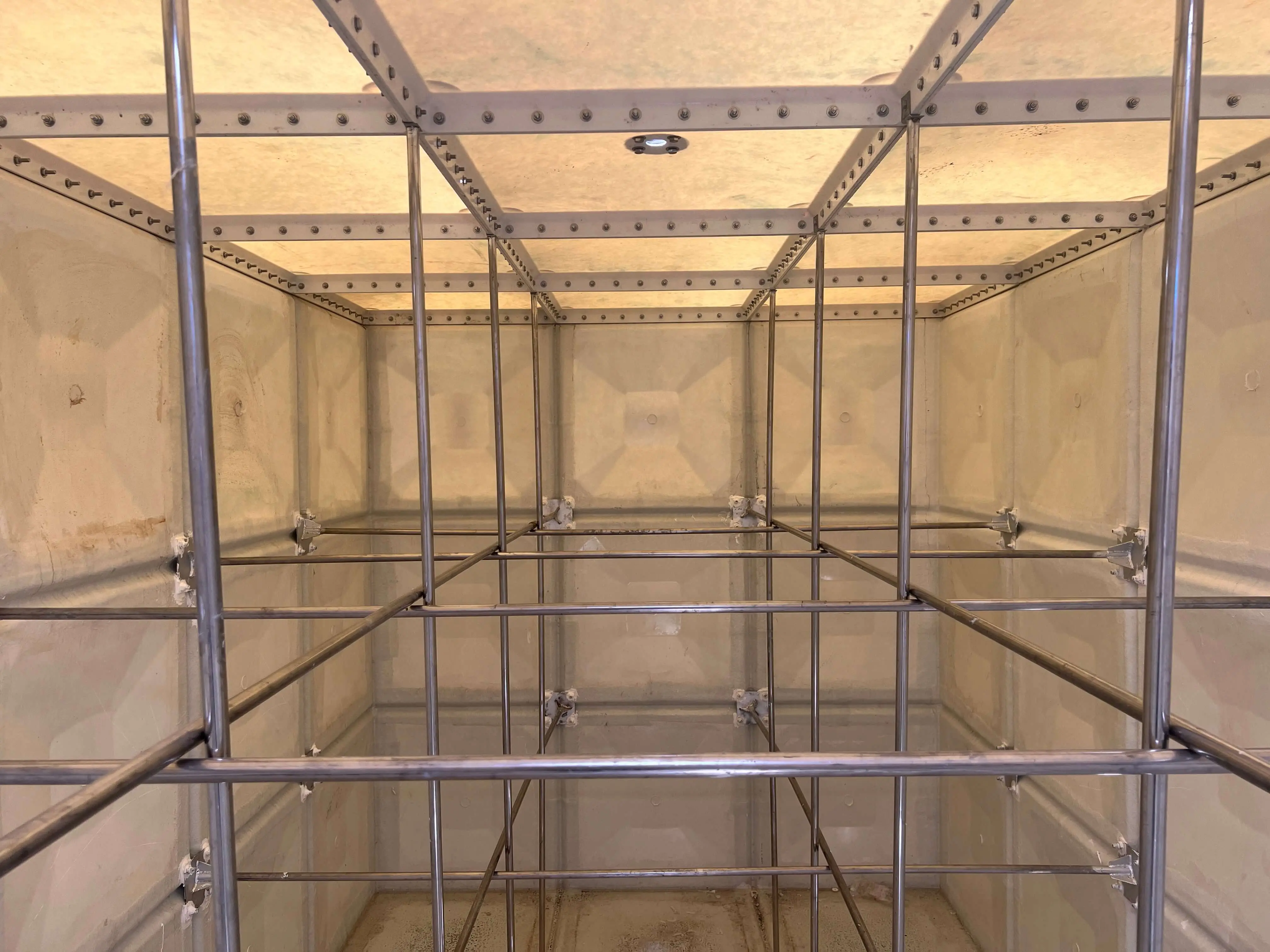
Step 4: Roof and Accessories
Once the walls are complete, the tank is sealed with a roof.
-
Roof panels protect against dust and contamination.
-
Manholes allow inspection and cleaning.
-
Inlet/outlet pipes are fitted for pumps, fire hydrants, or irrigation lines.
Pipe distributors usually pre-size these connections for faster installation.
Step 5: Testing and Commissioning
Final checks are essential before handing over the tank.
-
Hydrostatic testing – fill the tank gradually and check for leaks.
-
Structural inspection – ensure all bolts are tightened.
-
Disinfection flush– for Potable Water Tanks used by municipalities.
Only after passing these tests is the tank ready for use.
Key Advantages of On-Site GRP Tank Installation
Why is on-site assembly preferred in South Africa?
-
Flexibility: Tanks can be built in tight urban plots or remote farms.
-
Scalability: Easy to add more panels later if capacity needs grow.
-
Reduced transport costs: Instead of hauling a massive tank, flat-packed panels are cheaper to deliver.
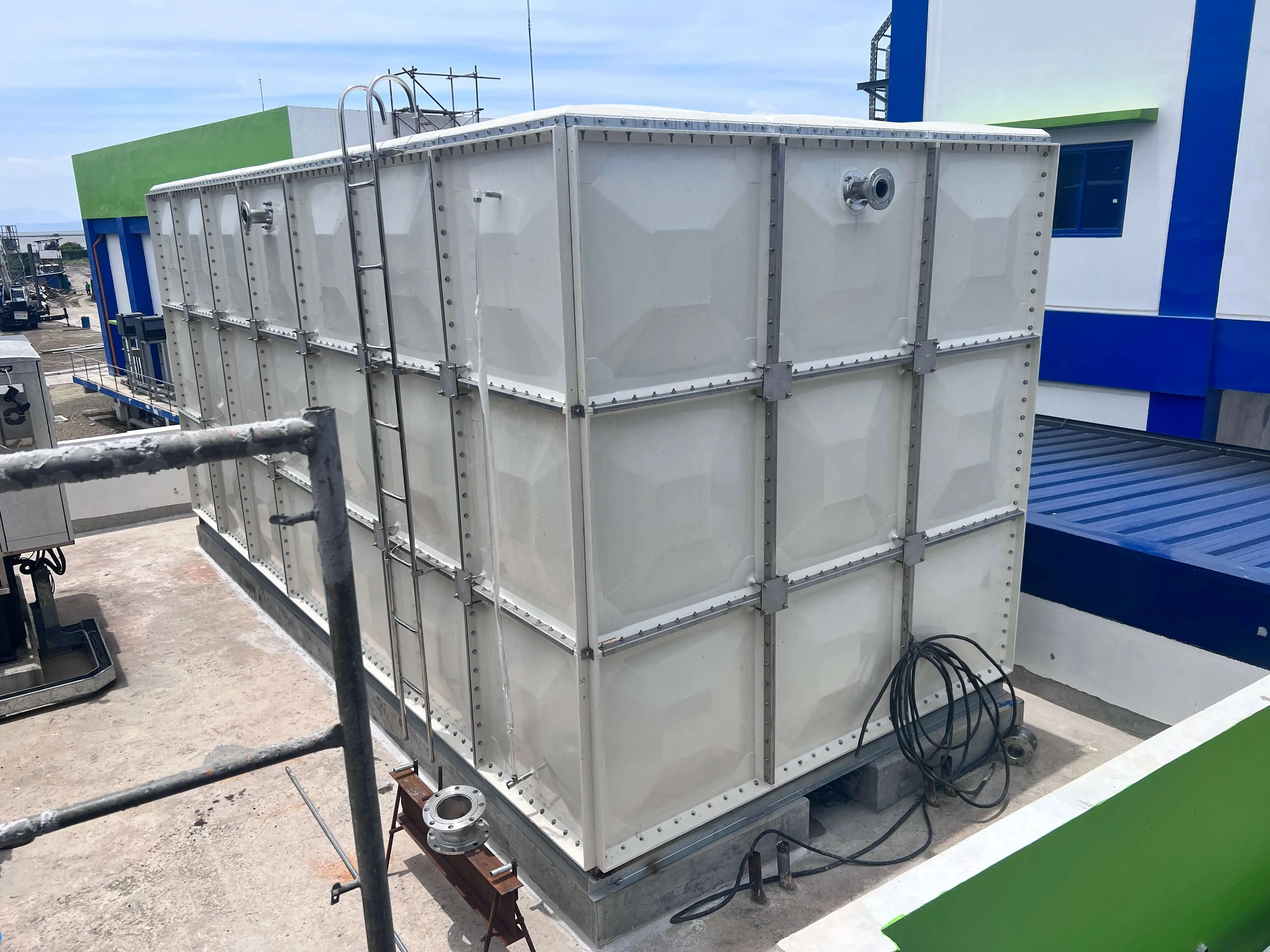
To answer the question: “How does GRP tank installation work on-site?” — it’s a structured process that starts with site preparation, followed by modular assembly, roof fitting, and final testing. With proper planning, GRP water tanks provide South Africa’s pump suppliers, fire contractors, irrigation firms, and water authorities with long-lasting storage solutions.
FAQ: GRP Water Tank Installation in South Africa
Q1. How long does GRP tank installation usually take?
A standard 100m³ tank can be installed in 3–5 days, depending on crew size.
Q2. Do GRP tanks require special maintenance?
Only basic checks — such as cleaning, bolt tightening, and periodic inspection of seals.
Q3. Can GRP tanks be installed in rural South African farms?
Yes. Their modular design makes them ideal for locations with limited road access.
Q4. Are GRP tanks safe for Drinking Water Storage?
Absolutely. GRP tanks use food-grade resins and non-toxic sealants suitable for potable water.






